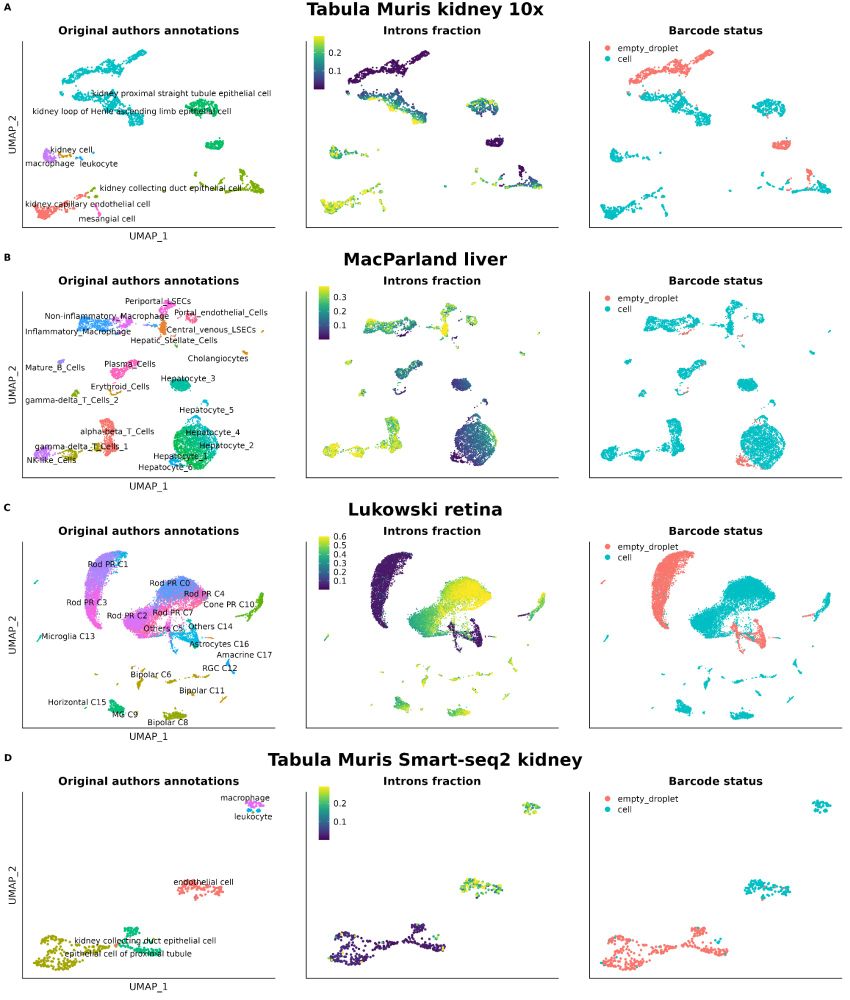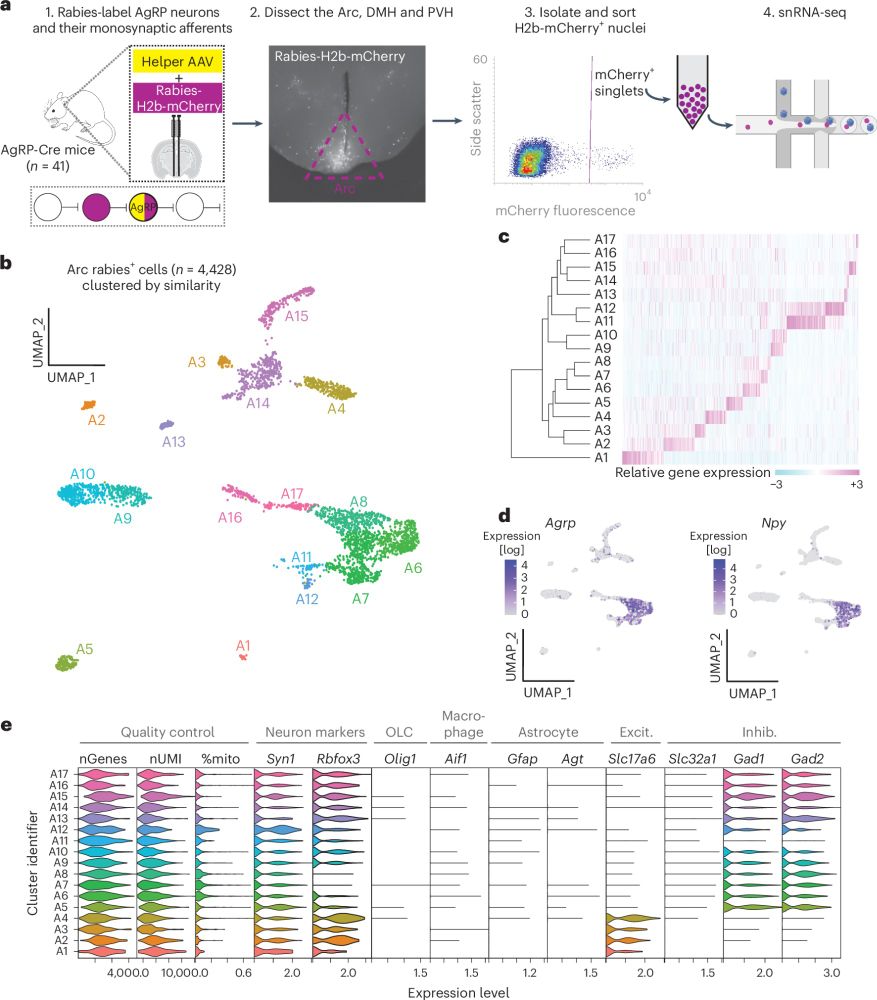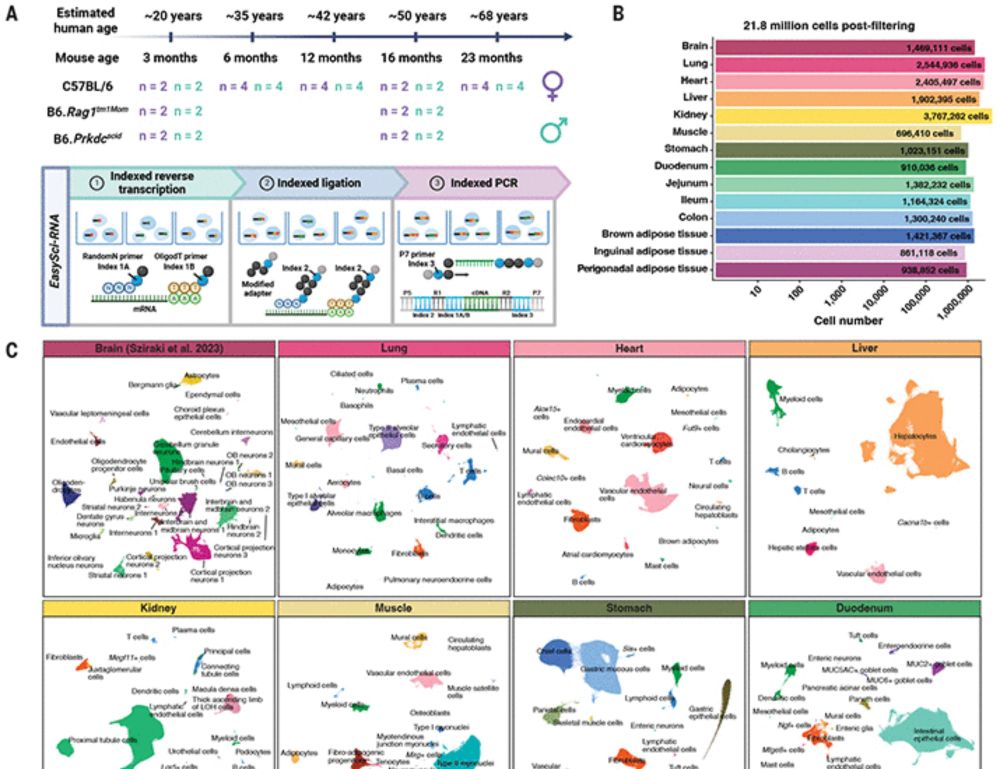
www.sciencedirect.com/science/arti...

www.sciencedirect.com/science/arti...
@kingscollegelondon.bsky.social
@kingshealth.bsky.social
pubs.acs.org/doi/10.1021/...

@kingscollegelondon.bsky.social
@kingshealth.bsky.social
pubs.acs.org/doi/10.1021/...

Th+ cNTS neurons encode esophageal distension and gulp size via vagal afferent inputs, providing quick feedback regulation of ingestion speed.
www.nature.com/articles/s41...
Th+ cNTS neurons encode esophageal distension and gulp size via vagal afferent inputs, providing quick feedback regulation of ingestion speed.
www.nature.com/articles/s41...
www.science.org/doi/10.1126/...

www.science.org/doi/10.1126/...
www.cell.com/cell-metabol...

www.cell.com/cell-metabol...
See how you can map the impact of disease across the whole body.
See how you can map the impact of disease across the whole body.
www.science.org/doi/10.1126/...

www.science.org/doi/10.1126/...
#obesity #GLP-1
www.statnews.com/2024/12/04/o...

#obesity #GLP-1
www.statnews.com/2024/12/04/o...
Regenerative drugs may be targeting cycling alpha cells in human islets.
www.cell.com/cell-reports...

Regenerative drugs may be targeting cycling alpha cells in human islets.
www.cell.com/cell-reports...
Not checking nuclear markers like MALAT1 or intronic reads in your scRNA-seq data?🚨
We show their power to flag low-quality cells—even in top public datasets. It’s time to prioritize better QC for cleaner, more reliable genomics research!
Read more: bmcgenomics.biomedcentral.com/articles/10....
1/8

Not checking nuclear markers like MALAT1 or intronic reads in your scRNA-seq data?🚨
We show their power to flag low-quality cells—even in top public datasets. It’s time to prioritize better QC for cleaner, more reliable genomics research!
Read more: bmcgenomics.biomedcentral.com/articles/10....
1/8
www.nature.com/articles/s41...

www.nature.com/articles/s41...
LGR5 marks tripotent stem cells, precursors to all exocrine and endocrine lineages
www.cell.com/cell/fulltex...

LGR5 marks tripotent stem cells, precursors to all exocrine and endocrine lineages
www.cell.com/cell/fulltex...
www.nature.com/articles/s41...

www.nature.com/articles/s41...

www.biorxiv.org/content/10.1...

www.biorxiv.org/content/10.1...
No! In fact we know very little about IL-33 in the colonic epithelium
Our recent paper finds IL-33 is highly enriched in colonic stem cells suggesting an immunoregulatory role for this niche in injury🧵
www.mucosalimmunology.org/article/S193...

No! In fact we know very little about IL-33 in the colonic epithelium
Our recent paper finds IL-33 is highly enriched in colonic stem cells suggesting an immunoregulatory role for this niche in injury🧵
www.mucosalimmunology.org/article/S193...
shorturl.at/EImjA

shorturl.at/EImjA

Excited to share our work @science.org. led by our incredible @tommyz626.bsky.social at @rockefelleruniv.bsky.social! By profiling 21 million single cells across life stages, we reveal aging as distinct, development-like transitions, with dramatic cell population changes in specific time windows!

Excited to share our work @science.org. led by our incredible @tommyz626.bsky.social at @rockefelleruniv.bsky.social! By profiling 21 million single cells across life stages, we reveal aging as distinct, development-like transitions, with dramatic cell population changes in specific time windows!
A very nice update on Done (& To-Do)
Brain
Heart
GI tract
Liver
Pancreas
Tumor
Explicit technical details
Flavio Rizzolio lab Semin Cell Dev Biol 2023
www.sciencedirect.com/science/arti...

A very nice update on Done (& To-Do)
Brain
Heart
GI tract
Liver
Pancreas
Tumor
Explicit technical details
Flavio Rizzolio lab Semin Cell Dev Biol 2023
www.sciencedirect.com/science/arti...



